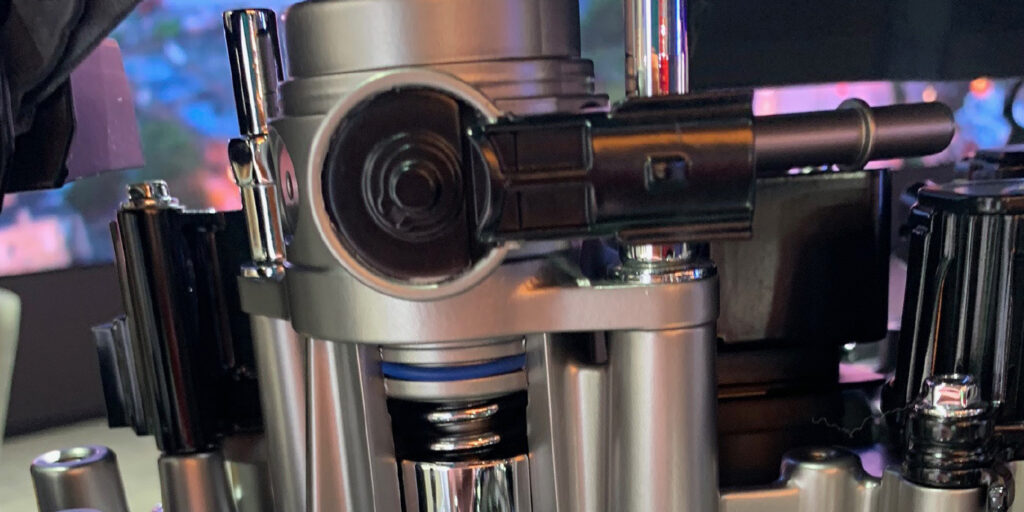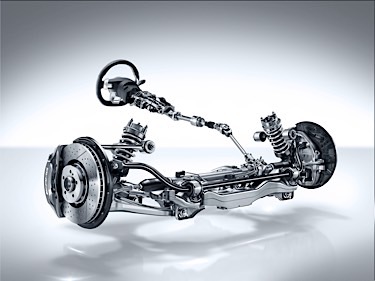 We all know that the evolution of technology in our ever-changing automotive industry translates to many gray areas when it comes to servicing new vehicle systems using updated service procedures and tools. Steering angle sensor calibration is one of those gray areas.
We all know that the evolution of technology in our ever-changing automotive industry translates to many gray areas when it comes to servicing new vehicle systems using updated service procedures and tools. Steering angle sensor calibration is one of those gray areas.
The main obstacle is there are no standardized components, procedures or information sources. One vehicle could have a self-calibration procedure that needs a quick test drive to reset. The next vehicle on your alignment rack could have a complex reset procedure that requires disconnecting the battery and jumping wires in the OBDII connector.
Today, potentially any make or model rolling into your shop could have some type of stability control system that requires recalibration. These systems are no longer exclusive to luxury or premium models since stability control on most vehicles was mandated for 2012 models. Some technicians started to see steering angle sensors on vehicles in the 1990s when Mercedes and BMW got in the game.
For technicians, it is critical that every time an alignment is performed or a component is replaced that can change toe and thrust angle, they recalibrate the steering angle sensor before the car is given back to the customer.
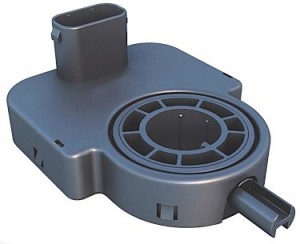 Understanding this is fairly simple. It is a matter of understanding two terms we are all familiar with when it comes to working with modern-day live PIDs — actual values and desired values. Stability control systems are nothing more than an evolution of the ABS module. In the past 20 years, OEMs have added many sensors. The steering angle, yaw and accelerometer sensors have allowed the ABS system to evolve into stability control systems. These sensors allow a module to see vehicle dynamics, where the driver wants the vehicle to go, and the conditions of the road.
Understanding this is fairly simple. It is a matter of understanding two terms we are all familiar with when it comes to working with modern-day live PIDs — actual values and desired values. Stability control systems are nothing more than an evolution of the ABS module. In the past 20 years, OEMs have added many sensors. The steering angle, yaw and accelerometer sensors have allowed the ABS system to evolve into stability control systems. These sensors allow a module to see vehicle dynamics, where the driver wants the vehicle to go, and the conditions of the road.
The ABS and/or stability control module is constantly verifying information from the sensors against actual and desired values. If the toe angle is adjusted on the vehicle and the steering angle is set at the wrong value, it can cause conflicts with the data from the yaw rate and lateral accelerometer sensors.
Calibrating the steering angle sensor is not just setting the angle to zero degrees, it is making sure the steering angle sensor is calibrated to the rest of the sensors that are part of the stability control system.
In the Alignment Bay
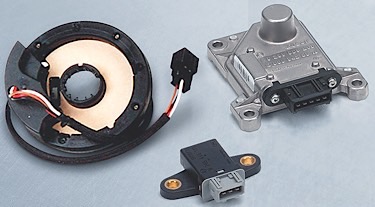
Just because an aligner shows all in the “green” and the wheels run straight does not mean the steering angle is reading 0°. This could mean a world of difference in determining your comebacks, but more importantly, the vehicle’s safety.
It should be part of your standard alignment to perform a steering angle reset and charge the customer for the procedure if it is performed. You cannot expect to service vehicles the same way you may have 20 years ago, because vehicles have changed.
Although not all systems require a manual calibration, there are many that will require the use of a scan tool or aligner-supplied device to fulfill proper calibration. Due to the diversity in the systems, always review your service information for the correct procedures for the vehicle you are working on.
Read the service requirements carefully. It is very easy to overlook the manufacturer’s requirement or extra step when it comes to running a system calibration. Many may require multiple steps to achieve the full calibration.
Mercedes-Benz Example
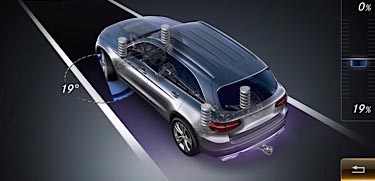
One good example can be seen on some Mercedes-Benz vehicles from the past decade. The steering angle calibration is as simple as centering the steering wheel, turning on the ignition switch, then turning lock-to-lock starting left then right and returning to center.
But, if you follow the correct procedure, you must perform a full system calibration. This involves calibrating the yaw, lateral accelerometer, and longitudinal accelerometer sensors. This could be achieved via an adaptive drive or a factory or enhanced scan tool.
On Mercedes-Benz vehicles that are possibly equipped with adaptive cruise control, lane departure and pre-braking systems, calibrating the sensors is critical to the operation of these safety features.
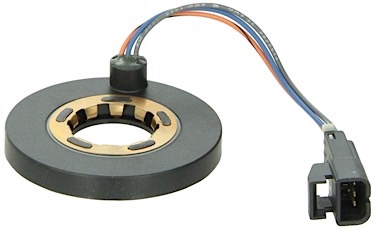 Lost Angles
Lost Angles
Let’s say a customer comes into your shop for service, complaining of abnormal braking and steering sensations as he is driving down the road (especially when taking turns) and an intermittent loss of power. The vehicle is a late-model Toyota.
While interviewing the customer, he says the car did not experience any of these problems until he had the battery replaced by roadside assistance. Doing a preliminary visual inspection and road test shows the brake system to be in good condition and functioning properly when stopping. Additionally, the vehicle has a good steer ahead, but it does feel like it wants to drive itself and seems as if the engine output tends to drop at times.
In this case, we are left with no other option than to break out our scan tools and read faults, bearing in mind not all systems will code for all faults within specific parameters. When looking at our data, we find there are no engine codes to explain the loss of power, but we do notice SAS reflecting -560º when steering is centered. How is this possible?
When the battery was replaced, the wheels were turned all the way to the left because it was in a tight parking space and had to be pushed out to access the battery. When power was restored to the vehicle. When the battery was reconnected, the wheels were still pointing left, and the steering angle sensor assumed this was close to zero.
Toyotas use a reset procedure called a zero point calibration. The battery is disconnected at the start of the procedure. The stability control module on this vehicle does not lose calibration when the battery is disconnected. But the system is recalibrated to the new position no matter where the wheels are pointed, making that current position its new zero.
One diagnostic trick used to find the problem is to graph stability system sensors (yaw, SAS, lateral and longitudinal) on a scan tool. It is important to complete these diagnostics on level ground (if it’s difficult to find level ground, use your alignment rack).
Performing this new step, especially when aligning, could mean the difference in your service and help you build trust and confidence with both new and existing customers.
Courtesy Brake & Front End.






